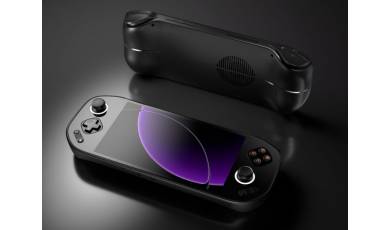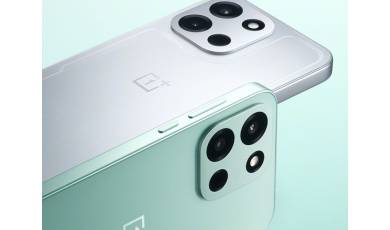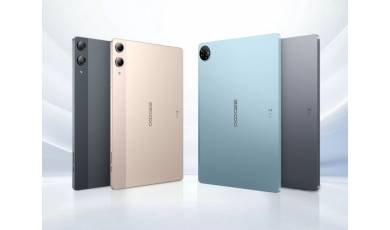Backup Asus ZenFone Mini
Mobiles >> ASUS >> Asus ZenFone Mini| Specifications | Reviews | Secret codes |
| Unlock phone | Root phone |
| Backup | Flash Firmware | Screenshot |
Backup copy of personal data on Asus ZenFone Mini?
A backup copy is the saving of personal data and content generated by the user during the use of the phone. This information is a list of installed applications, contacts, notes, your personal photos or photos received from other users, music and video files, browser bookmarks, etc..One of the most reliable, and most importantly, the simplest ways to save personal data contained in an Android smartphone is to synchronize data with cloud storage.
Google in Android provides the ability to save and quickly restore your personal data, photos, contacts, applications, notes and more. It is enough to create a Google account at the first start of the phone or enter the data of an existing Google account, allow the system to synchronize user data with the cloud storage. Take this opportunity.
A few tips, as always, to have a ready, securely saved copy of the most important for most users - personal photos and contacts, using the capabilities of synchronization with Google.
1. To enable synchronization in the Android phone, go along the path 'Settings' -> 'Google' -> 'Sync now' and put a checkmark in front of the data that should be copied to the cloud storage.
2 To store contacts in the cloud, you must specify Google account as the save location when creating them. Also, you can easily export them using the standard Android application 'Contacts'.
3. To save your own photos, it's best to use the standard Android Google Photos app.
Of course, Google isn't the only monopoly on backing up user data from Android devices.
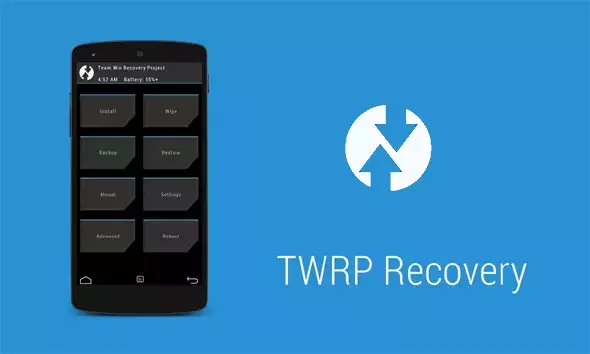
Method 1: TWRP Recovery
The easiest way to create a backup is to use a modified recovery environment for this purpose - custom recovery. The most functional among those solutions is TWRP Recovery.
1. To get started, log into TWRP Recovery in any way you can. Usually, to enter, you need to turn off the phone and press the 'Volume Down' and 'Power' keys simultaneously for a few seconds.
2. Now go to the 'Backup' section.
3. In the screen that opens, you need to select the memory sections that you want to copy and click the 'Select Storage' button.
4. The best choice for storage space is a memory card. Select 'Micro SDCard' and confirm your choice by clicking on the 'OK' button.
5. After defining all the parameters, you can start the saving process. To do this, swipe to the right in the 'Swipe to Backup' field.
6. Copying files to the selected media will begin, accompanied by a progress bar, as well as the appearance of messages in the log field, which tell about the current system actions.
7. Backup files are stored in the TWRP / BACKUPS folder on the selected drive, then this folder can be copied to the PC hard drive or cloud storage.
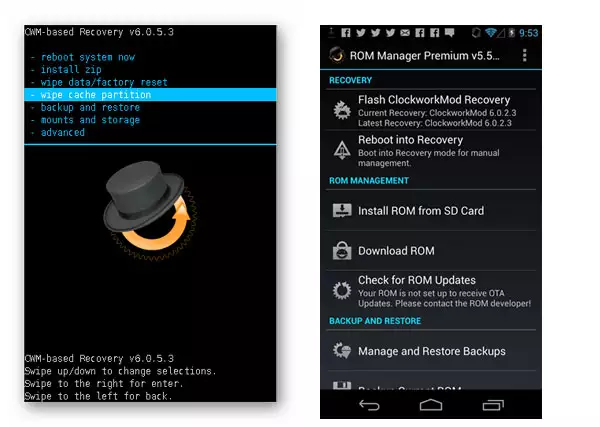
Method 2: CWM Recovery + ROM Manager Android App
As in the previous method, when creating a backup of the Android firmware, a modified recovery environment will be used, only from another ClockworkMod developer - CWM Recovery. In general, the method is similar to using TWRP. At the same time, CWM Recovery does not have the necessary capabilities for many users to manage the process of creating a backup, for example, it is impossible to select individual partitions to create a backup. But the developers offer their users a good Android application ROM Manager, using the functions of which, you can start creating a backup directly from the operating system.
1. Install and open ROM Manager. On the main screen of the application, in the 'Backup and Restore' section, select 'Backup current ROM'.
2. Type in a name for the future backup and click 'OK'.
3. The application works only with root rights, they must be provided upon request. After that, the phone will reboot into recovery and create a backup copy.
4. The backup process takes a long time. Cancellation of the procedure is not provided, you can only watch the appearance of new items in the process log.
Upon completion of the process, the main recovery menu opens. You can reboot into Android by selecting the "reboot system now" item. Backup files created in CWM Recovery are stored in the path specified when it was created in the "clockmod/backup" folder.
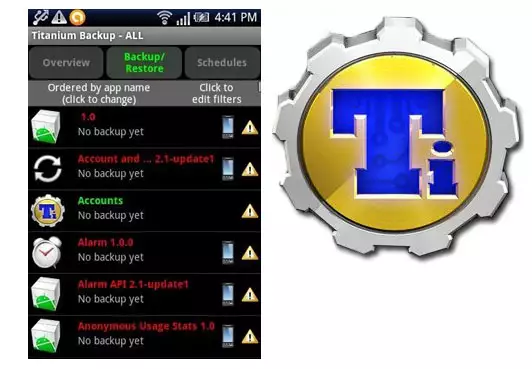
Method 3: Titanium Backup app
Titanium Backup is a very powerful yet easy-to-use system backup tool. Using the tool, you can save all installed applications and their data, as well as user information, including contacts, call logs, sms, mms, WI-FI access points and more.
The advantages include the ability to extensively customize the parameters. For example, there is a choice of applications and data that will be saved. To create a full-fledged Titanium Backup backup, you must have root rights.
You need to take care of a safe storage location for the backups you create in advance. The internal memory of the smartphone is not such, it is recommended to use a PC disk, cloud storage or, in extreme cases, a microSD card.
Method 4: SP FlashTool + MTK DroidTools
Using the SP FlashTool and MTK DroidTools applications is one of the most functional ways that allows you to create a truly complete backup of all memory sections. Another advantage of this method is the optional presence of root rights on the device. The method is applicable only for devices built on the Mediatek hardware platform, with the exception of 64-bit processors.
Method 5: Backup the system using ADB
If it is impossible to use other methods or for other reasons, to create a complete copy of the memory partitions of almost any Android device, you can use the OS developers' toolkit - the Android SDK component - Android Debug Bridge (ADB). In general, ADB provides all the possibilities for carrying out the procedure, only root rights on the device are needed.
Summary: OS: Android v11; Screen Resolution: 1080 x 2400 Pixels; Screen type: Super AMOLED; Pixel density: 395 ppi; Touch screen: Yes, Capacitive Touchscreen, Multi-touch; Internal memory: 128 GB; Front camera: Motorized flip-up main camera module; Main camera: 64 MP 8 MP 12 MP; Resolution: 64 MP, f/1.8, 26mm , 1/1.72", 0.8Вµm, PDAF, 8 MP, f/2.4, 80mm , PDAF, 3x optical zoom, 12 MP, f/2.2, 113, 17mm , 1/2.55", 1.4Вµm, dual pixel PDAF; Camera setup: Dual; Flash: Yes, Dual LED Flash; Autofocus: Yes; Shooting modes: Continuos Shooting, High Dynamic Range mode (HDR); Video recording: Yes; Settings: Exposure compensation, ISO control; Camera features: Digital Zoom, Auto Flash, Face detection, T ...
Comments, questions and answers on backup Asus ZenFone Mini
Ask a question about Asus ZenFone Mini

